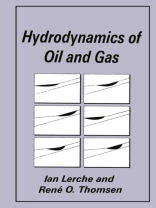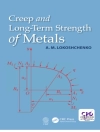There has long been interest in the flow of fluids through permeable aqui- fers. Stratigraphic trapping of oil and gas by permeability changes in an aquifer and the amounts of hydrocarbons so trapped are major concerns to the oil industry. The variations of aquifer width and geometry and of the positions in an aquifer where hydrocarbons can be trapped by hydro- dynamic forces are intimately intertwined in determining the shape, and thus the volume, of hydrocarbons. Perhaps the seminal work in this area is reflected by King Hubbert’s massive review paper "Entrapment of Petroleum under Hydrodynamic Conditions" (Am. Assoc. Pet. Geol. Bull. 37(8), 1954-2026, 1953), in which a wide variety of effects, such as capillarity, buoyancy, surface tension, and salinity of water, are incorporated as basic factors influenc- ing the positioning and shaping of hydrocarbon masses in hydrodynami- cally active aquifers. In those days, while the basic physics could readily be appreciated, development of a detailed quantitative understanding of the interplay of the various factors in controlling or modulating hydro- dynamic shapes was severely limited by computer abilities. Indeed, Hub- bert actually constructed and photographed physical models, using alcohol and water, to illustrate basic concepts. It is difficult to obtain an appreciation of the behavior of flow geometries from such experiments when all factors are permitted to vary simultaneously.
Ian Lerche & R.O. Thomsen
Hydrodynamics of Oil and Gas [PDF ebook]
Hydrodynamics of Oil and Gas [PDF ebook]
购买此电子书可免费获赠一本!
语言 英语 ● 格式 PDF ● ISBN 9781489913012 ● 出版者 Springer US ● 发布时间 2013 ● 下载 3 时 ● 货币 EUR ● ID 4724085 ● 复制保护 Adobe DRM
需要具备DRM功能的电子书阅读器












